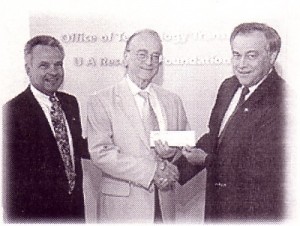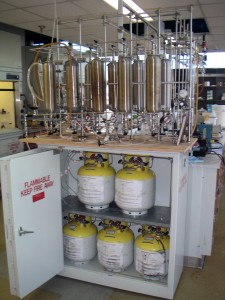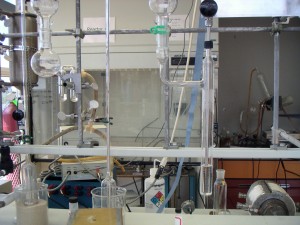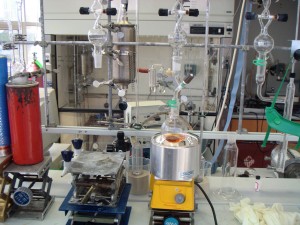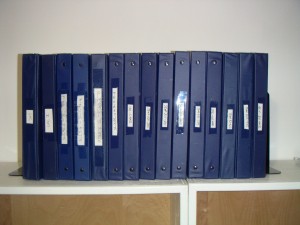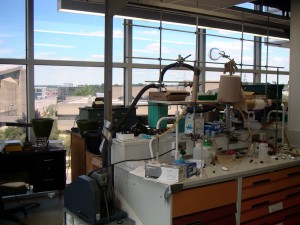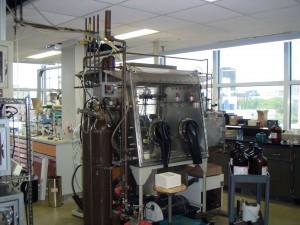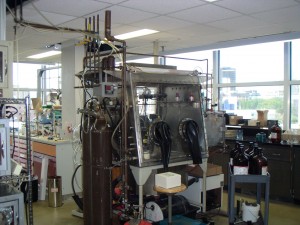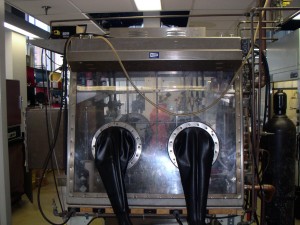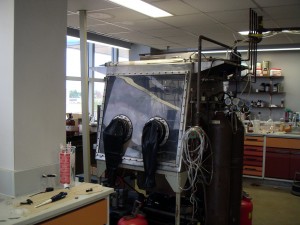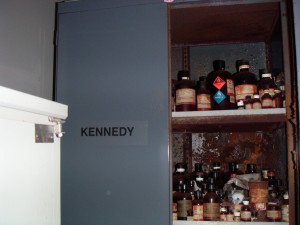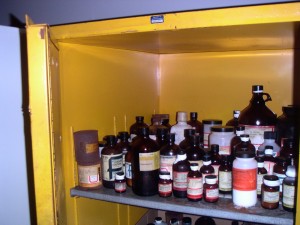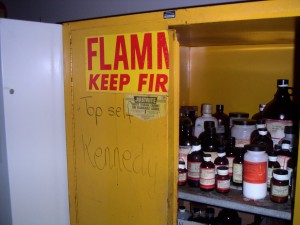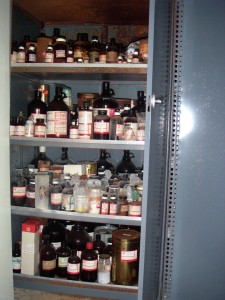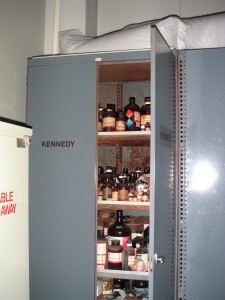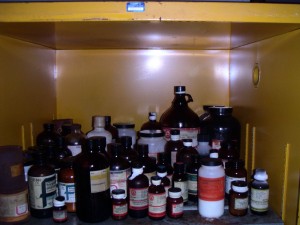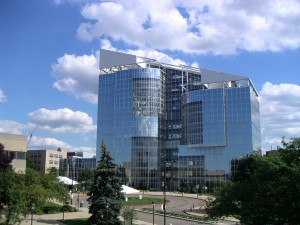Before I resume my previous blog I need to make a backwards digression. Prior to making my discovery that Holy Grail was stable to hydrolytic cleavage in excess methanol (see below) and thus readily coming to the conclusion that polymerization of IB might be feasible in the presence of water (also see below)* a former research mate from “Kennedy’s” group paid me a visit. At this moment I won’t disclose his name; however, I will say that he (like the vast majority of people who have emerged from this research group) is a coward. This individual (as did everyone in the “Kennedy” group and many outside students too) knew quite well that I was being shafted for no good reason and yet not a single one of these people ever bothered to report anything to the department head or president of the university. So when this person came to visit me in a distraught state because “Kennedy” had screwed him out of royalties stemming from this student’s invention I had little pity for him. A picture of “Kennedy” receiving a royalty check for an invention made by this student is given below (and yes, I am invoking “fair use” in that this blog expose is in part for “educational” purposes, and for the general knowledge of the public as it no doubt exposes criminal activities {it will not come down without a large counter-lawsuit and even more public exposure}). This picture shows George Newkome (current polymer science department head the last time I checked) along with Luis Proenza (current president of U. Akron), the latter is handing “Kennedy” the royalty check for the invention made by the student.
NMR exp that shows HG stable in MeOH, notebook 2 (this notebook page records Dr. Lewis’ discovery that Holy Grail was stable to hydroxylic cleavage)
First pzn exp IB aqueous media notebook 2 (These are the first notebook pages that record Dr. Lewis’ invention on aqueous polymerization of IB. Much more will be said concerning this and related documents pertaining to this invention in subsequent blog postings.)
Furthermore, I wish to add that the witness to this invention can vouch with 100 % certainty that the aforementioned student was solely responsible not only for conception of the invention, but also for its reduction to practice and additionally made arrangements for the licensee to travel to U. Akron to negotiate patent licensing! How can I make this statement? I am the witness who signed the laboratory notebooks of this student recording his invention and additionally I also know the basic gist of how the invention came about. All I will say is that in “Kennedy’s” lab no one (with the exception of Dr. Jack Pi) was well-versed with silicon chemistry and much of what the remainder knew was derived from the Gelest chemical catalog! This was in part where this student gathered the necessary information needed to devise this invention (along with careful observations of what water does when present in a hydrosilation reaction mixture containing “Karstedt’s” catalyst).
As we will see in later blog postings, this habit of “Kennedy” in stealing inventions from others is not limited to this one student. Moreover, as I will be pointing out in future blogs the chemical literature (both patent and peer reviewed articles) is replete with examples of patents that were issued to “Kennedy” (both while at Esso Corp. and U. Akron) which contain “prior art” content and thus never qualified as being “patentable” and definitely are unoriginal. Some of the earliest articles and patents coauthored by “Kennedy” make false claims as to the originality of the research (e.g. polymerization using alkyl Al coinitiators or copolymers of IB with β-pinene) and can be readily traced as originating from peer scientists within the polymer community at the time in question or well prior to it…
* In later blog postings I will be providing numerous additional pieces of evidence that demonstrate conclusively that indeed I am the sole inventor of the first (and actually next two) aqueous polymerization systems for IB (i.e. the only aqueous polymerization systems for this monomer). The second of these was reported by myself and a colleague a little over one year ago and the third will be reported sometime this year.

